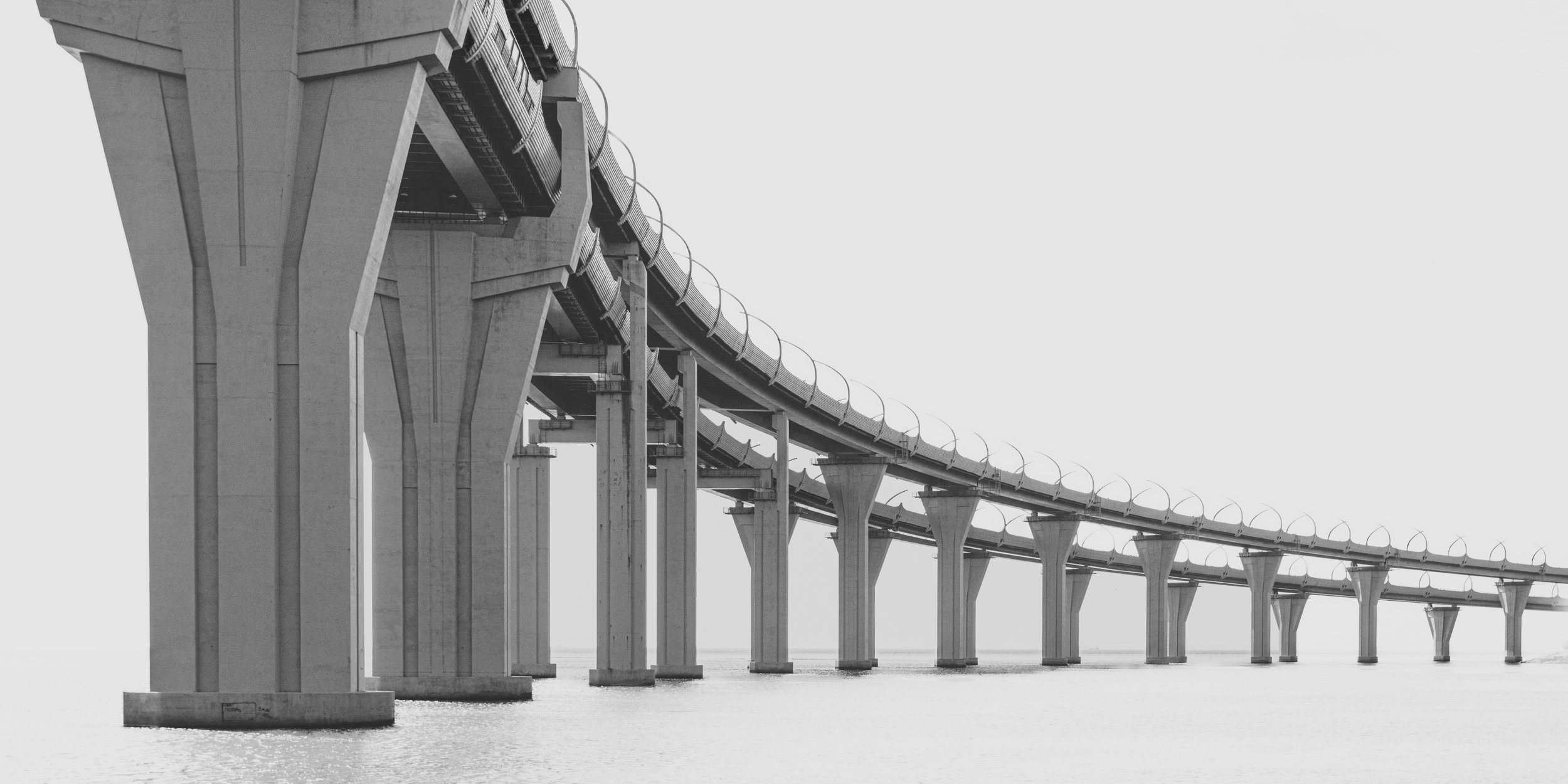
Bridge Monitoring Solutions
The Challenge
Traditional visual inspections are either periodic, or reactive and offer limited insight into the bridge’s evolving performance. For older bridges and legacy structures, the gap between design assumptions and current load demands is only getting wider.
That gap introduces real risk. Over time freight traffic has been getting larger, both in terms of volume and size of vehicles. Bridges designed in the 1960’s and 1970’s were not intended to carry the size of freight vehicles on the network today. As a result, the increased risk of failure of these structures influence risk appetite for the Road Manager and certifying engineers. With this uncertainty, Asset Owners are forced to make conservative calls without adequate information leading to early renewal or replacement, reduced capacities, or unplanned closures.
In flood-prone areas, structural risk is not static. The catchment today may not behave like it did five years ago. Scour risk, sediment and debris movement during high-flow events contribute to undermine certainty around bridge performance. This leaves Asset Owners and engineers working with assumptions; making risk based calls with limited data.
There are typically significant delays between the decision to intervene and emergent, remedial or replacement works occurring. It takes time to scope works, secure funding, get onto a program, go through procurement and manage lead times. Meanwhile, the structure remains in service under full or reduced load and with every month of delay, risk exposure increases.
The Solution
Viotel’s Bridge Monitoring Solution gives Asset Owners continuous visibility into how the structure and network is performing. The system uses a network of dynamic strain gauges, accelerometers, tiltmeters, and other sensors to deliver real-time, continuous structural health monitoring across bridge networks.
The system is built for the proactive management of
Bridges with poor condition ratings
Older bridges under heavy freight
Bridges with known issues; scheduled for renewal or repair
Bridges that regularly experience strikes
Flood exposed sites
By capturing live performance data against real-world conditions; Viotel provides asset owners with the visibility needed to manage risk, track deterioration, and proactively plan maintenance, remediation, or renewal activities.
Continuous monitoring supplements traditional inspection-only approaches, delivering early warnings of structural changes and supporting a more effective, safety-led asset management strategy.
Viotel’s solution uses a modular, sensor-based approach that includes:
Dynamic Strain Gauges and Accelerometers - for load effects, vibration, and structural response.
Tiltmeters & Crack-gauges - to detect movement, rotation and settlement
Water Level & Scour Monitoring - to identify foundation risks from flooding or erosion
Impact Detection - accelerometers and video capture for bridge strike
Cameras - to contextualise trigger events and correlate data.
Monitoring is an essential part of effective bridge infrastructure management, particularly as aging bridges face increasing demands from freight movements and changing environmental conditions. Viotel’s Bridge Monitoring Solution provides asset owners with the tools to remotely monitor the condition and performance of key structures in real-time. Whether deployed across an entire network or targeted to specific structures of concern, the system supports informed decision-making and efficient, risk based asset management.
Key Benefits
Viotel builds practical monitoring solutions for real-world infrastrucutre. We know that asset managers need visibility. Our system gives engineers the data to make ssmarter decisions, whether it is for a single structure or across an entire netowrk.
Real-Time Visibility of Bridge Health
Monitor dynamic structural responses under live traffic and environmental conditions. Know how the bridge behaves day-to-day, not just at scheduled inspection intervals.
Dynamic Strain Monitoring
Capture high-frequency strain data to assess how individual vehicles and traffic loads impact the bridge, providing detailed insight into real-world performance.Automated Alerts
Set and customise performance thresholds to receive immediate notifications when critical strain, displacement, or vibration levels are exceeded - improving responsiveness to emerging issues.Validate Structural Models
Feed real-world measurements back into design and load rating models.Accelerated Remediation Projects
Install monitoring ahead of planned works to establish a baseline, then track changes during and after construction to validate effectiveness. Use real-time data to enable innovative construction techniques.Support for Smarter Renewal Decisions
Provide hard evidence to build a business case for targeted remediation, life extension, or replacement - helping prioritise expenditure and reduce unnecessary full replacements.Track Resonant Frequency Over Time
Monitor global structural behaviour and detect early signs of deterioration or damage through changes in resonant frequency.Public and Worker Safety
Reduce risk to road users, inspectors and maintenance crews by identifying issues early and enabling safer, staged project delivery.Accelerate Project Delivery with Confidence
Support innovative repair techniques and faster construction timelines with real-time structural feedback during works.
From assumptions to evidence. Close the gap with real-time that that shows how your bridges actually behave.








